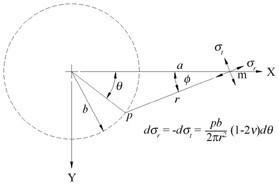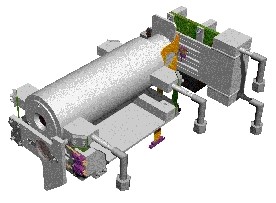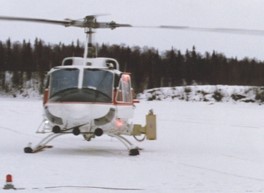Colleagues:
I’ve been known to lecture my students and colleagues on the need to keep their
tools sharp. Some time ago AEH was invited to a design
review as an observer and since I had no direct participation I sat at the back
of the room, behind John, the systems engineer who was controlling the
projector. The technical sessions went well but about half-way through
the schedule and budget sessions he suddenly blackened the screen and turned on
the overhead lights. He slowly turned and surveyed those of us sitting
behind him. His gaze settled on me! “What, John?” I
asked. He stared at my hands which were holding my pen knife and its
sharpening steel. “Just keeping my tools sharp,” I declared
sheepishly.

One of AEH’s sharpest tools, other
than a pen knife, is Ivory’s Optomechanical
Modeling Tools. It’s been under continuous development
incorporating many of my personal insights working as a mechanical engineer in
the optics industry. I recently put together an updated version and
released it to all users of Version 3. That’s another way I keep AEH’s
tools sharp (and protect AEH’s Ivory
subscribers, too). Ivory
is AEH’s prime tool for engineering thermally and structurally
reliable optical systems. It’s designed to work in both Excel and Nastran
and its application early in the design process prevents much embarrassment and
saves many labor-hours from preventable failures that may occur later in
qualification tests and service.
Somewhat more recently AEH was invited to participate in a
“Tiger-Team” review of a sub-contractor. The initial issue was
broken glass. The first thing I did was get a copy of the physical optical
prescription (CodeV) and read it into Ivory
(for the structure) and Jade
(for the broken glass). I could then quantitatively infer where the
principal structural and thermal weaknesses might be. With that insight I
was able to form an independent assessment of the completeness of the design
team’s engineering effort, which undergirded my report to the prime contractor.
I hope to see all of you at SPIE’s Optics+Photonics in San Diego
come August. I’ll be teaching (Optomechanical Analysis), chairing (The
Optomechanical Engineering Technical Group and Optomechanics 2017),
presenting and publishing (on a new diffraction grating capability in Ivory) and begin planning our next SPIE
Conference (Optomechanics 2019).
That also keeps AEH’s tools sharp.
Hasta luego, caiman.
Al H.
6-5-17








